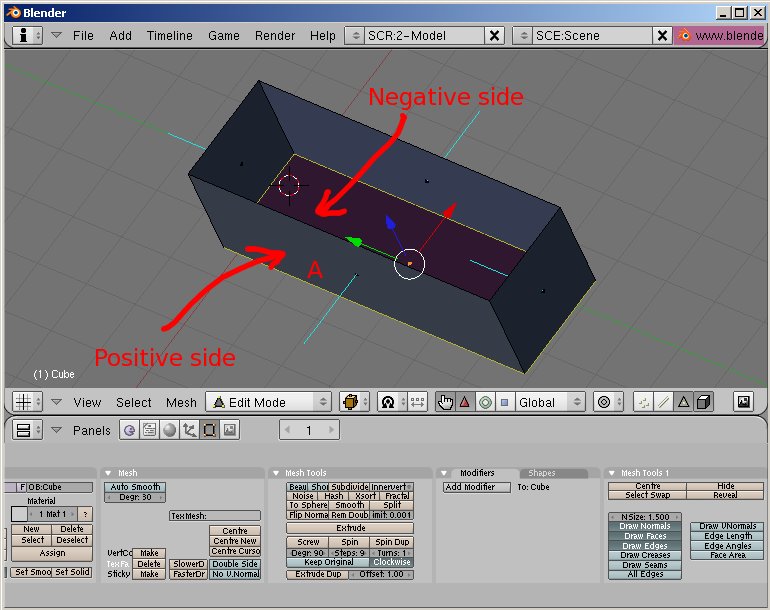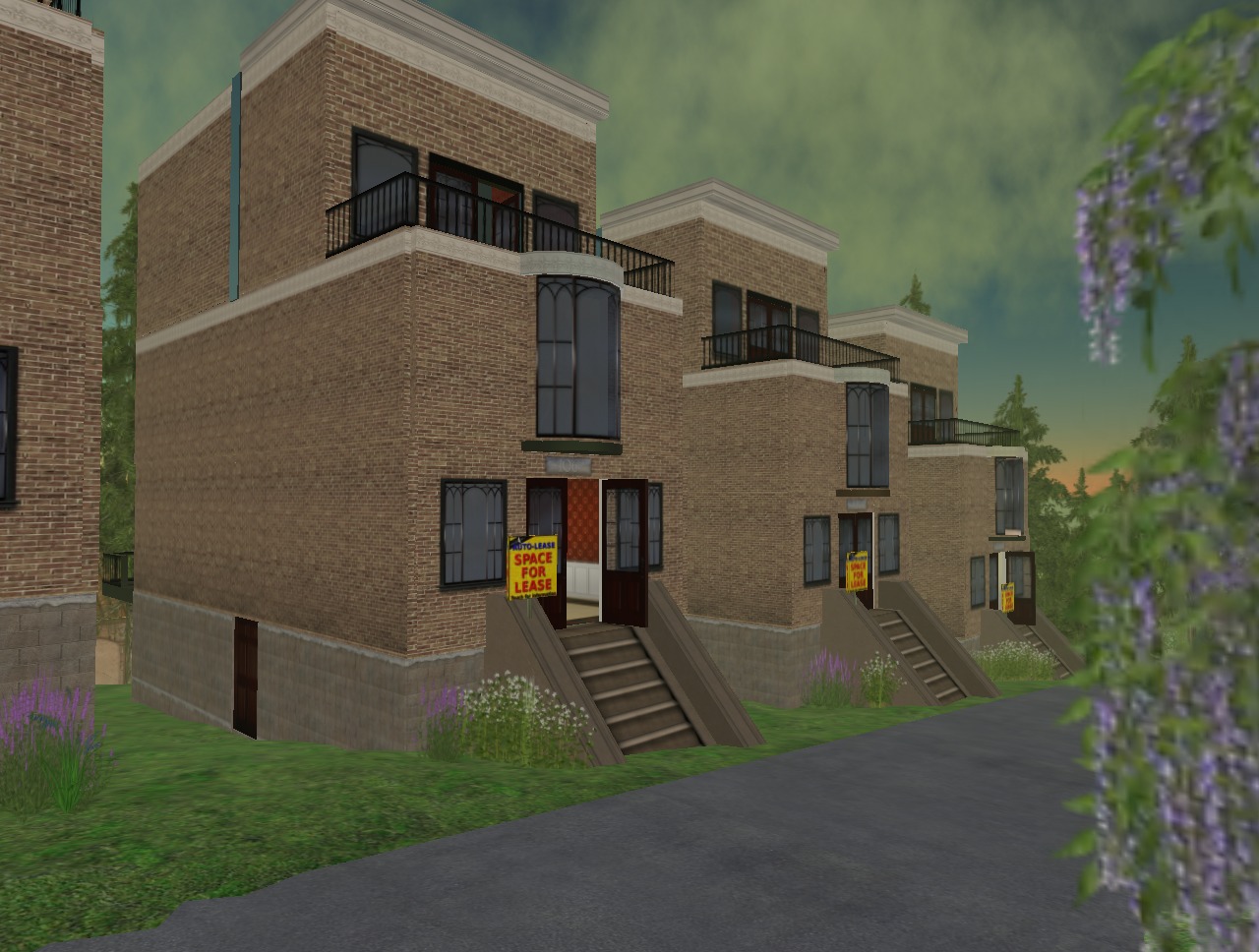

Developing a mutual “language” around what they are feeling and experiencing ( even if that language is non-verbal) will be one of the best tools you can help develop. The most important thing to remember is that every person with SPD is different and will experience the world in ways that you might not understand. Some things might just need to be left out of the diet, or in the closet until your child is old enough to develop coping mechanisms on their own. Occupational therapists who are skilled at sensory issues can be very helpful. Yes, there are many ways to treat SPD, and the trick is to find the right one – or combination of different ones – to help your child. Is there any way to treat Sensory Processing Disorder? There is also a great article by occupational therapist Paula Aquilla that describes what SPD can feel like, and different ways it can manifest here. A doctor can then refer your child to a specialist for further testing.

There is quite a thorough SPD checklist here that can be helpful if you suspect your child might be struggling with this disorder. They can also be overwhelmed by their environment causing them to “not see” furniture or people around them. Those with SPD sometimes have difficulty knowing where their own bodies are in space.
Clumsiness: bumping into things or people. Change can cause meltdowns or total withdrawal depending on the child. While all young children need transition time, a child with SPD can have real problems with switching from one activity to another, moving rooms or houses, changing classrooms, or even if you change curtains in your home. Difficulty with change or transitions. Difficulty using fine motor skills like using crayons or pens, putting small clothing on dolls, or using buttons on clothing for themselves. Many of us with kids on the spectrum have to help our children navigate this issue. Food textures and colours causing extreme responses. These noises can cause what feels like physical pain to those with SPD, and make it difficult to concentrate or function. Intolerance to certain noises or loud noises: some children with SPD hate the sound of vacuums, sirens, or crying babies. They may not be able to wear certain fabrics like wool. They need simple styles with very few seams, and have to have to labels taken out. Intolerance to textures and certain clothing: some children with SPD cannot stand the way certain clothing feels on their bodies. SPD can show up as over OR under responsive to stimulation from sight, sound, touch etc…Things that should cause discomfort like being too hot or too cold prompt little response, and other things like a dog barking can cause a response akin to physical distress and extreme anxiety. Signs that your child might have Sensory Processing Disorder As a parent, the real challenges of SPD are figuring out if your child is hurt, cold, hungry etc…and then helping them get to the point where they can regulate themselves. Like with autism, SPD exists on a spectrum and can affect only one sense like hearing, or taste, or all of them. SPD can even evoke irregular responses that can cause health issues like not registering temperature in a typical way that allows the individual to dress appropriately for health and safety’s sake. For a child with SPD, processing the feelings of hot or cold, tired, hungry, lights and sound can be challenging and overwhelming. SPD (formerly called Sensory Integration Disorder) is a condition where the brain and nervous system have trouble processing or integrating stimulus. SPD is a neurophysiological condition in which sensory input – either from the environment or from one’s body- is poorly detected, or interpreted and (or) to which atypical responses are observed. More recently it was found that SPD is actually a stand-alone disorder, and that children can have SPD and not autism, and vice versa. 
For a many years SPD was seen as a “symptom” of autism, but a breakthrough study in 2013 found that this disorder had a biological basis that separated it from many other neurological disorders.

Sensory processing disorder (SPD) has long been associated with autism, and its external manifestations are often what lead a parent to getting a diagnosis.








 0 kommentar(er)
0 kommentar(er)
